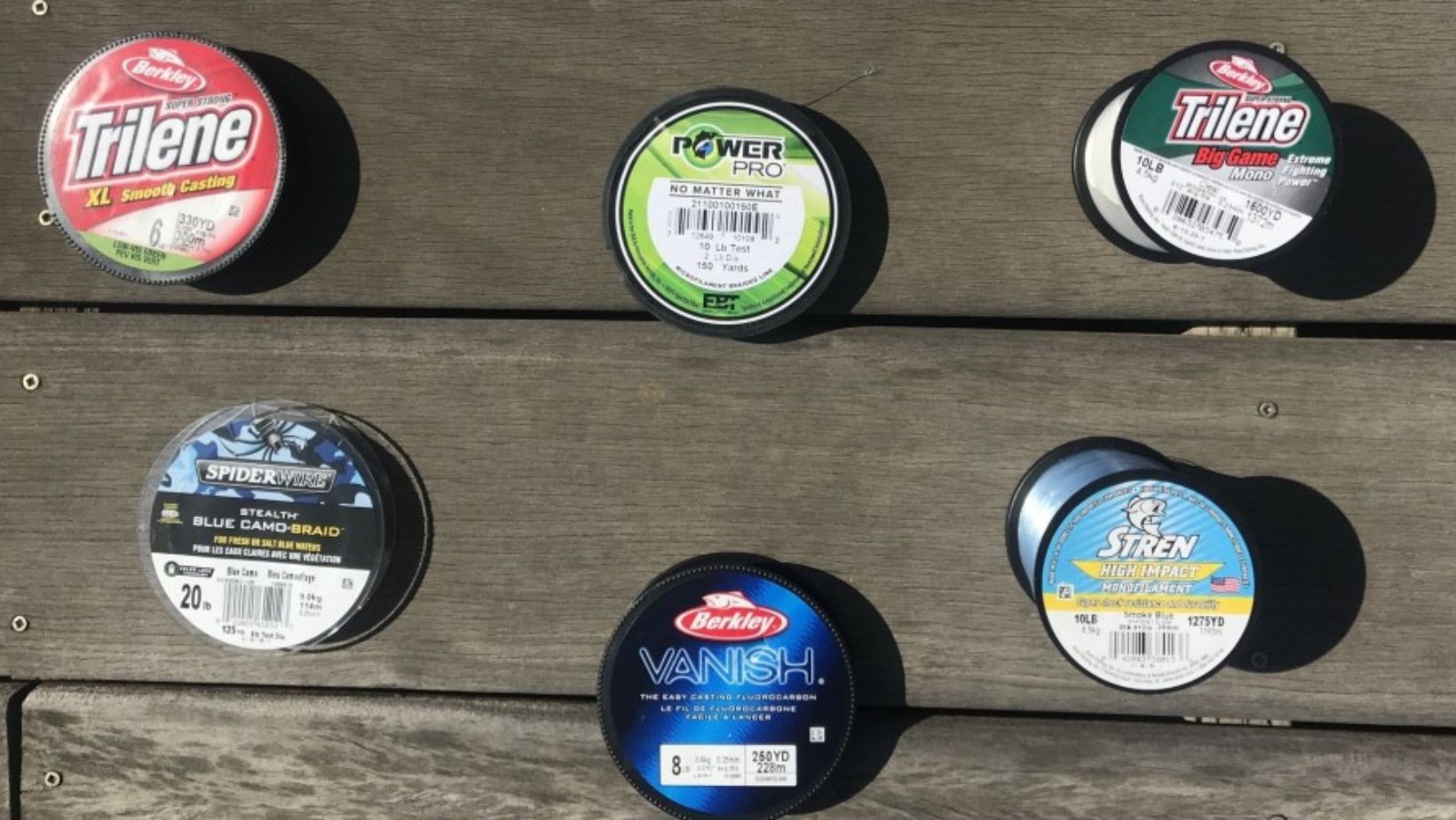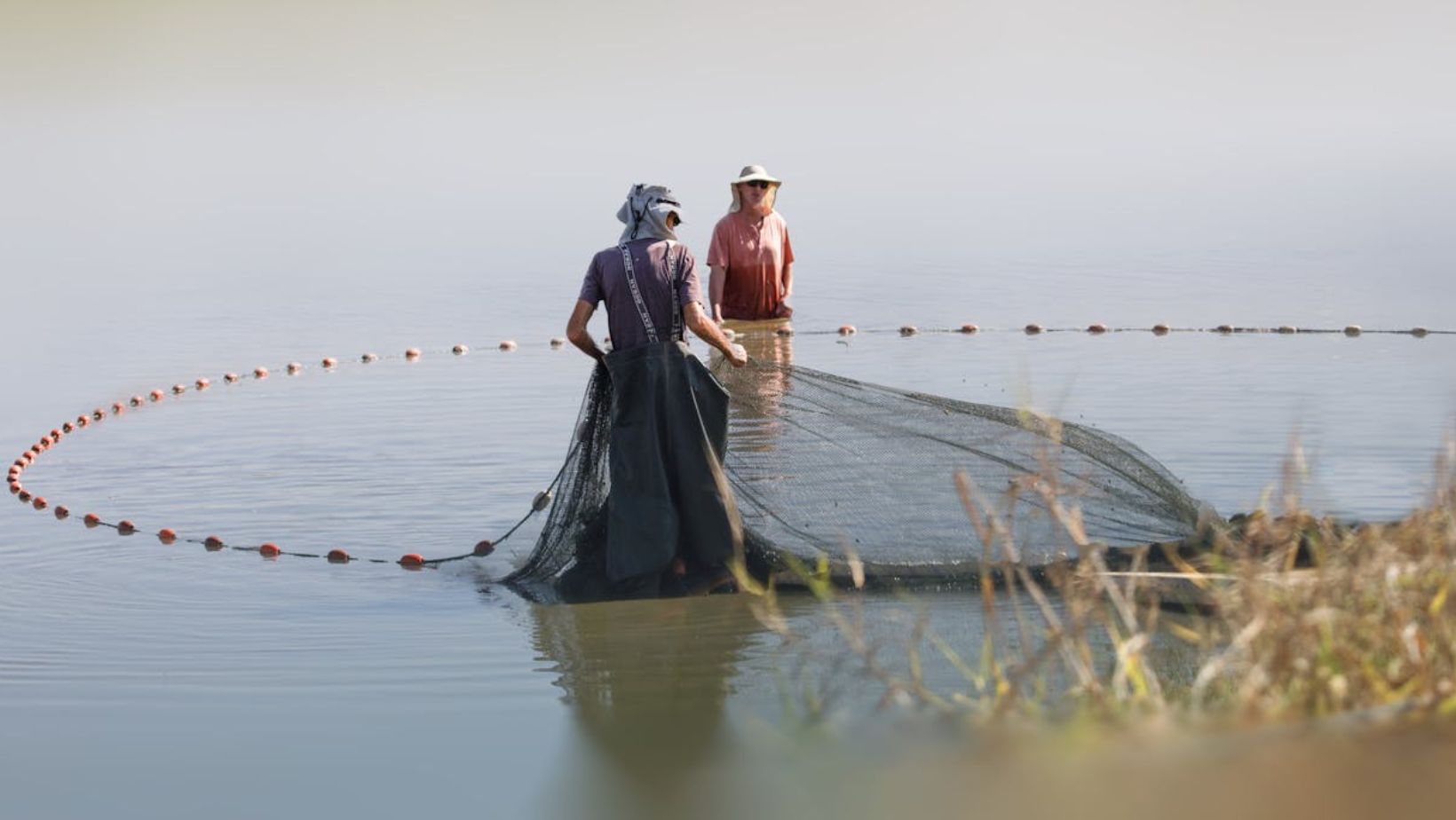Table of Contents
ToggleBraided Fishing Line
As an angler, I’ve come to appreciate the importance of using the right gear for a successful fishing trip. One essential piece that often gets overlooked is the braided fishing line. Its durability, strength, and sensitivity make it a favorite among many fishing enthusiasts.
When selecting a braided fishing line, factors like diameter, strength, and abrasion resistance play a crucial role in determining its effectiveness on the water. Unlike monofilament lines, braided 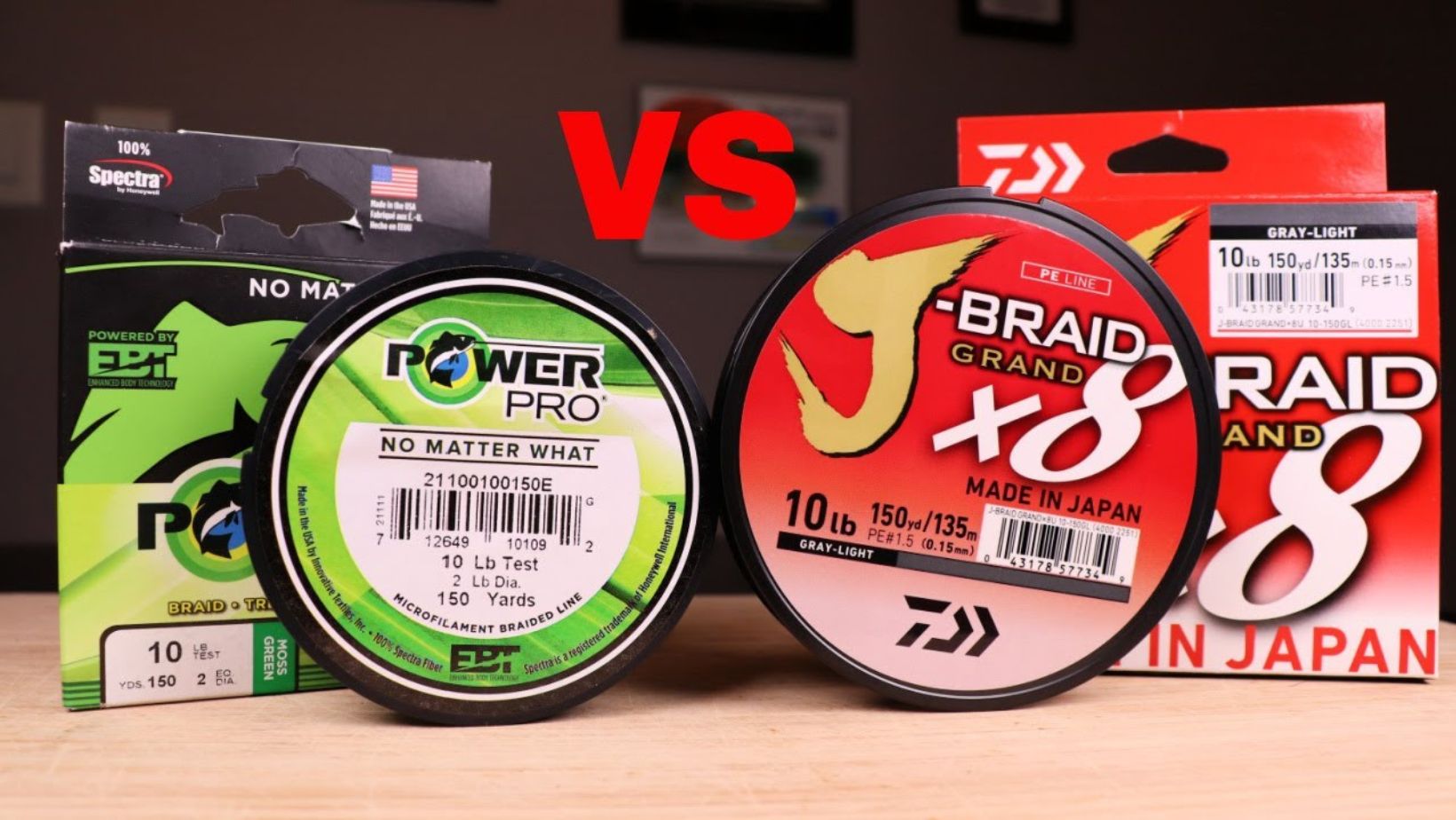
In my experience, understanding how to properly spool and maintain a braided fishing line can significantly impact its performance and longevity. Whether you’re targeting freshwater bass or saltwater giants, choosing the right pound test and knot tying techniques are key aspects that should not be overlooked when using this type of line.
As an avid angler, I’ve delved into the world of fishing lines and discovered the importance of braided fishing line. This specialized type of line is known for its durability, strength, and sensitivity, making it a favorite among many fishermen.
When it comes to braided fishing line, one key advantage is its thin diameter compared to monofilament or fluorocarbon lines. This thinner profile allows for longer casts and increased reel capacity, essential factors when targeting elusive fish in various environments.
Moreover, braided fishing line offers minimal stretch, providing excellent sensitivity to detect even the slightest nibbles. Whether I’m finesse fishing for bass or battling powerful saltwater species, this characteristic has proven invaluable in helping me feel bites more effectively.
Understanding Braided Fishing Line
When it comes to fishing lines, one of the popular choices among anglers is BRAIDED FISHING LINE. What sets braided lines apart from monofilament and fluorocarbon options is their construction using multiple strands of synthetic fibers like Spectra or Dyneema. These fibers are woven together to create a strong and thin line that offers excellent sensitivity and minimal stretch.
One key advantage of braided fishing line is its IMPRESSIVE STRENGTH despite its smaller diameter compared to other types of lines. This strength-to-diameter ratio allows anglers to use 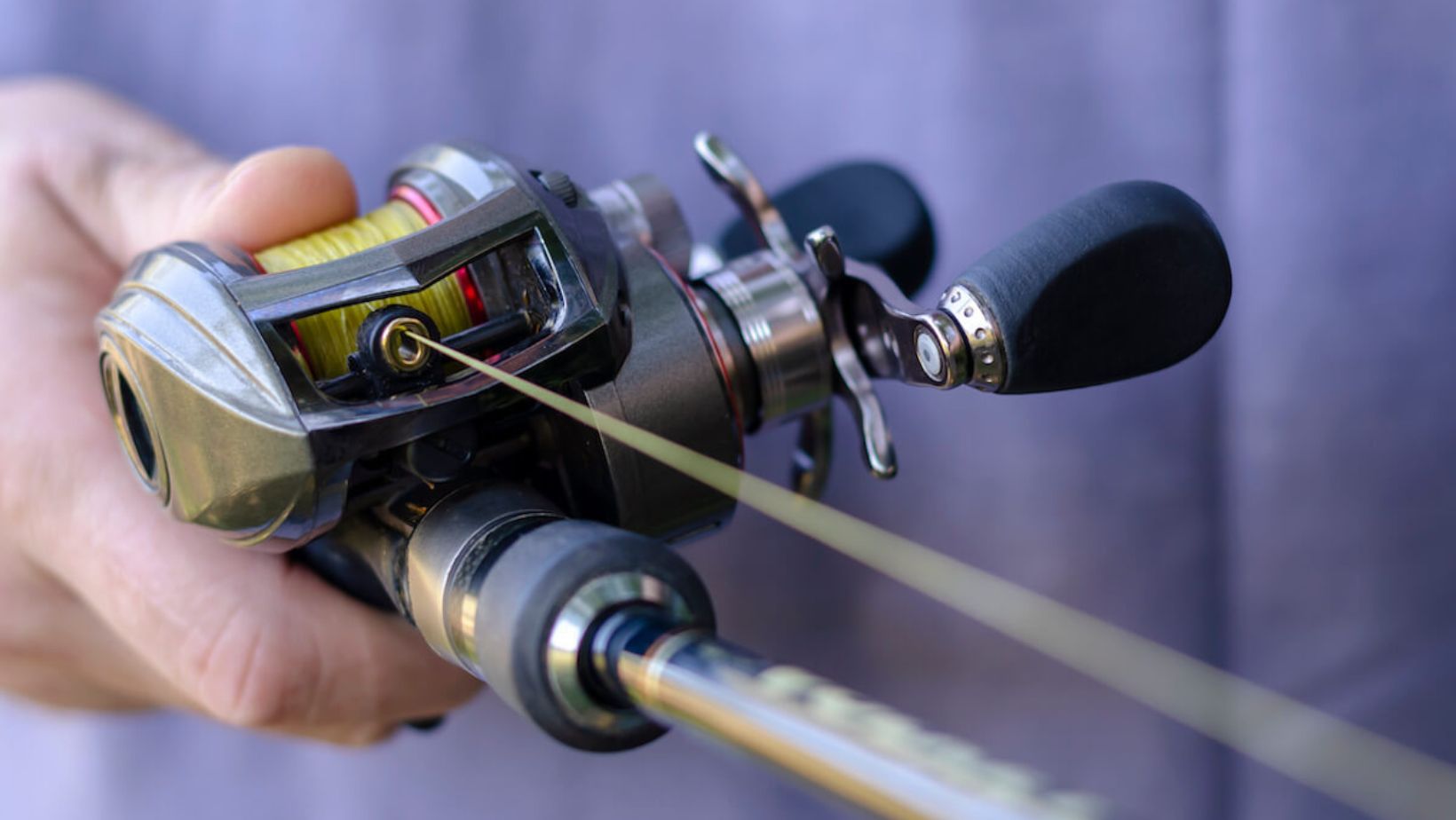
Another noteworthy feature of braided fishing line is its DURABILITY. The abrasion resistance of braided line makes it ideal for fishing in areas with rough underwater structures where monofilament or fluorocarbon lines might fray easily. However, anglers should be cautious when tying certain knots with braided line as they can slip if not secured properly.
In terms of color options, many manufacturers offer braided fishing lines in various hues ranging from high-visibility colors like neon green or yellow for enhanced strike detection to low-visibility options such as moss green or blue for stealthier presentations in clear water conditions. Anglers often choose the color based on the type of water they fish and their visibility preferences.
Overall, understanding the characteristics and advantages of braided fishing line can help anglers make informed decisions when selecting the right type of line for their specific fishing needs. Whether targeting freshwater bass or offshore tuna, incorporating braided line into your setup could potentially improve your overall angling experience by providing strength, sensitivity, and durability on the water.
Benefits of Using Braided Fishing Line
When it comes to choosing the right fishing line, anglers often find themselves weighing the options between monofilament, fluorocarbon, and braided lines. Let’s dive into the specific benefits that braided fishing lines offer:
1. Strength and Durability
BRAIDED FISHING LINE is known for its exceptional strength-to-diameter ratio, making it incredibly strong for its size.
- It can withstand rugged conditions and abrasions from rocks or debris in the water better than other types of fishing line.
2. Sensitivity
- Due to its minimal stretch properties, braided line offers heightened sensitivity.
- ANGLERS can feel even the slightest nibbles and movements underwater, improving their chances of detecting bites promptly.
3. Castability
- The thin diameter of braided lines allows for smoother and longer casts compared to thicker monofilament lines.
- This feature is advantageous when trying to reach distant or deep spots where fish may be lurking.
4. Abrasion Resistance
- BRAIDED LINES are less prone to fraying or breaking when rubbed against rough surfaces like rocks or coral.
- This durability ensures that anglers can fish confidently in challenging environments without worrying about losing their catch due to line failure.
In conclusion, these benefits collectively make braided fishing line a popular choice among anglers seeking reliability, sensitivity, and strength in their fishing endeavors.
When it comes to fishing, the choice of line can significantly impact your success. Let’s delve into the benefits of using braided fishing line:
Increased Strength and Sensitivity
- BRAIDED FISHING LINE is renowned for its exceptional strength-to-diameter ratio, allowing anglers to use a thinner line that can withstand greater pressure.
- The minimal stretch in braided lines enhances sensitivity, enabling you to feel even the slightest nibbles or movements underwater.
Superior Casting Distance and Accuracy
- Thanks to its thin diameter and lack of memory, braided line offers improved casting distance compared to monofilament or fluorocarbon lines.
- The reduced friction as the line moves through guides results in enhanced accuracy when targeting specific spots or casting around obstacles.
Durability and Longevity
- BRAIDED LINE is highly resistant to abrasion from rocks, debris, or sharp teeth, making it ideal for challenging fishing environments.
- Unlike monofilament lines that degrade over time due to UV exposure or water absorption, braided lines maintain their strength and performance longer.
Versatility Across Fishing Techniques
- Whether you’re finesse fishing for bass in freshwater or battling large saltwater species offshore, braided line adapts well to various fishing styles and conditions.
- Its low visibility underwater makes it suitable for clear water situations where stealth is crucial for enticing wary fish.
Incorporating braided fishing line into your angling arsenal can elevate your overall fishing experience by providing robustness, sensitivity, casting prowess, durability, and versatility across different scenarios.
Types of Braided Fishing Line
When it comes to selecting the right braided fishing line, anglers are often faced with a myriad of options tailored to different fishing scenarios. Let’s delve into the various types of braided fishing lines available and their unique characteristics:
- Standard Braided Fishing Line: This type is known for its durability and strength. It’s typically made from synthetic materials like Spectra or Dyneema, offering excellent abrasion resistance
and sensitivity. Anglers favor this line for its thin diameter and minimal stretch, allowing for better hook sets.
- Color-Coded Braided Fishing Line: Some manufacturers produce braided lines in multiple colors, each serving a specific purpose. For instance, high-visibility colors like yellow or chartreuse aid in detecting subtle bites, while camouflaged hues like green blend seamlessly into water environments to avoid spooking fish.
- Coated Braided Fishing Line: Coated braids feature an additional protective layer that enhances casting distance and provides extra resilience against fraying. The coating can vary from slick finishes for smoother casts to rough textures for improved grip.
- Hollow Core Braided Fishing Line: Designed primarily for offshore fishing, hollow core braids allow for easy splicing of leaders and connections. This type offers superior knot strength and is popular among anglers targeting large game fish where reliability is crucial.
In conclusion, understanding the nuances between these types of braided fishing lines can empower anglers to make informed decisions based on their preferences and fishing conditions. Whether you’re chasing trophy bass in freshwater lakes or battling pelagics in saltwater depths, choosing the right braid can significantly impact your angling success.
Choosing the Right Braided Fishing Line
When it comes to selecting the ideal braided fishing line for your angling adventures, there are several key factors to consider. Here are some essential tips to help you make an informed decision:
- Determine Your Fishing Environment: Before choosing a braided line, assess the type of water and conditions you’ll be fishing in. Different environments may require varying line strengths and thicknesses.
- Understand Line Strengths: Braided lines come in a range of strengths measured in pounds (lb). Consider the species of fish you’re targeting and select a line strength that can handle their
weight and potential fighting power.
- Evaluate Abrasion Resistance: Look for braided lines with high abrasion resistance, especially if you’ll be fishing around structures like rocks or submerged trees. This feature can prevent breakages and enhance durability.
- Consider Visibility: Some anglers prefer low-visibility lines to reduce the chances of spooking fish in clear waters. On the other hand, high-visibility lines can help track your bait’s movement or detect subtle bites more easily.
As I navigate through different braided fishing lines myself, understanding these nuances has been crucial in optimizing my fishing setups for success. By taking into account these factors tailored to your specific fishing style and target species, you can enhance your overall angling experience significantly.
Tips for Maintaining Braided Fishing Line
When it comes to keeping your braided fishing line in top condition, a few simple practices can go a long way. Here are some essential tips that I’ve found helpful in maintaining the longevity and performance of my braided lines:
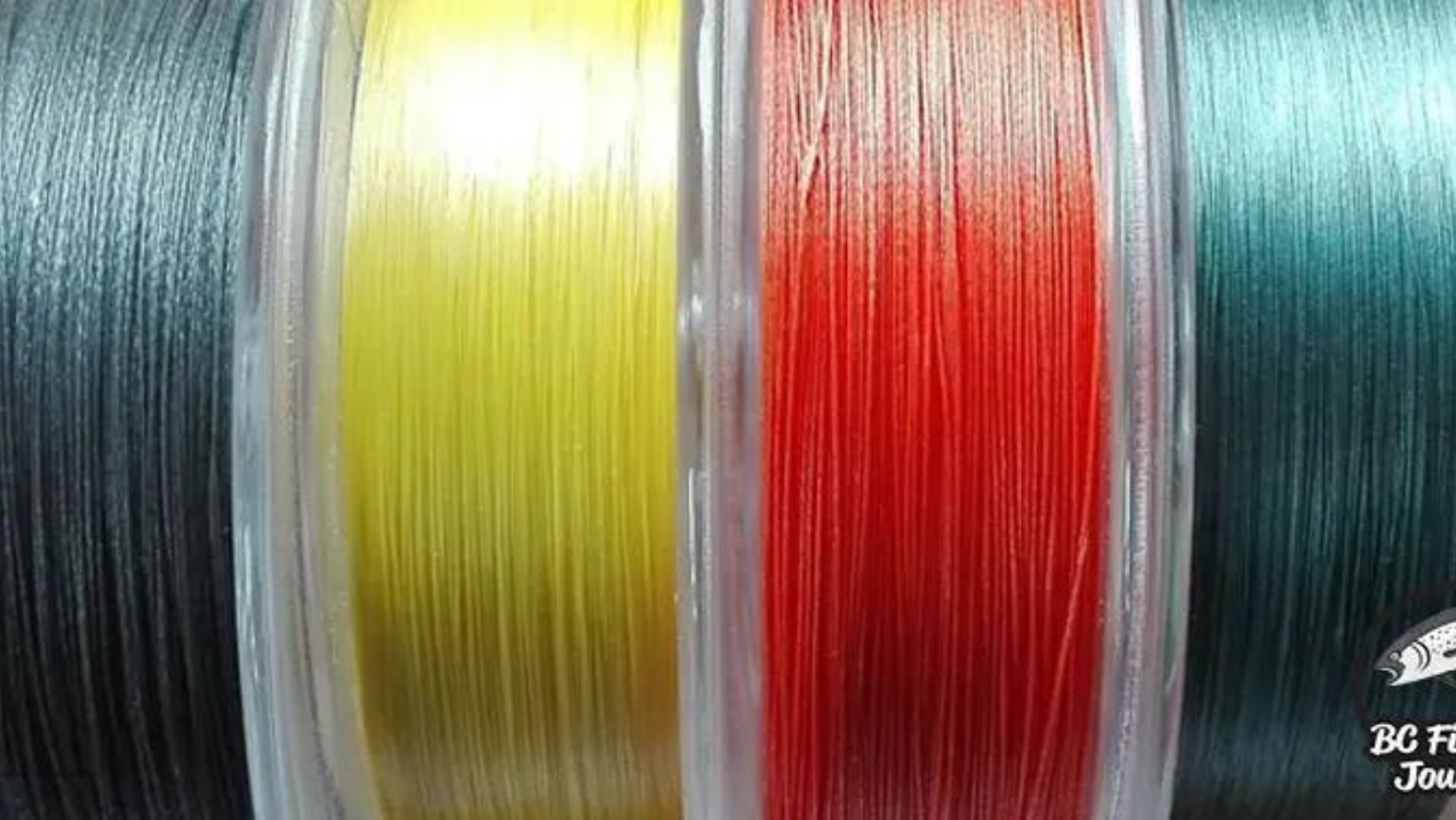
- Inspect your braided fishing line after each use.
- Look out for any fraying, nicks, or abrasions along the line.
- Replace any damaged sections promptly to prevent breakage during your next fishing trip.
Rinse Your Line After Use:
- Thoroughly rinse your braided line with freshwater after each fishing session.
- This helps remove salt, dirt, and debris that could weaken the line over time.
- Allow the line to air dry completely before storing it to prevent mold or mildew growth.
Avoid Overexposure to Sunlight:
- Prolonged exposure to UV rays can weaken braided fishing lines.
- Store your reels in a cool, shaded area when not in use.
- Consider using protective reel covers or cases for added safeguarding against sun damage.
Use Proper Knots and Techniques:
- Ensure you’re using knots specifically designed for braided lines.
- Practice tying secure knots to prevent slippage under pressure while reeling in catches.
By incorporating these maintenance tips into your routine, you’ll increase the lifespan of your braided fishing line and enhance its overall performance on your angling adventures. Remember, a little care goes a long way in preserving the integrity of your gear.
By following these maintenance practices, you’ll not only extend the lifespan of your braided fishing line but also improve its performance on the water. Remember, a well-maintained line can make all the difference between landing that trophy fish or missing out due to equipment failure.
By opting for braided fishing lines from these top brands, anglers can enjoy enhanced casting distance, sensitivity, and overall performance on their fishing expeditions. Each brand brings unique features and benefits to cater to different preferences and requirements in the world of angling.
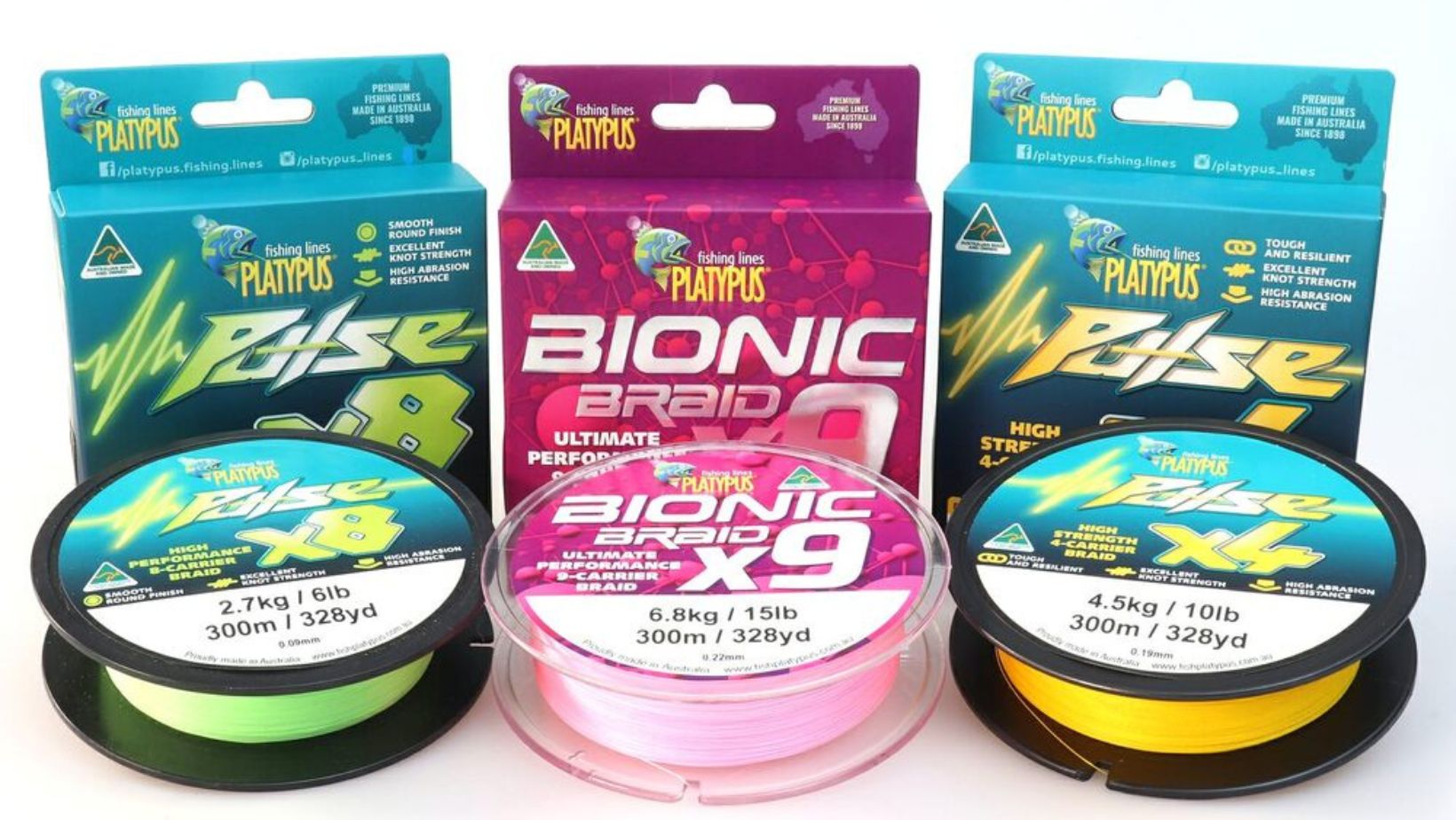
By considering these essential factors when choosing a braided fishing line, you can tailor your selection to match your specific fishing needs and preferences. Each element plays a crucial role in enhancing your fishing success and enjoyment on the water.
Through my analysis, I’ve found that braided lines excel in various fishing scenarios, from casting long distances with precision to detecting subtle bites in freshwater and saltwater environments. Furthermore, the enhanced sensitivity of braided lines allows anglers to feel even the slightest nibbles, ultimately improving hook-setting efficiency and overall fishing success rates.
In terms of durability and abrasion resistance, braided lines outperform traditional monofilament and fluorocarbon lines, making them ideal for targeting species with rough mouths or when fishing around heavy cover. Additionally, the low stretch characteristic of braided lines transmits more energy during hooksets, reducing chances of missed strikes.
Overall, incorporating braided fishing line into your tackle arsenal can significantly enhance your angling experience by providing increased sensitivity, superior strength-to-diameter ratio, 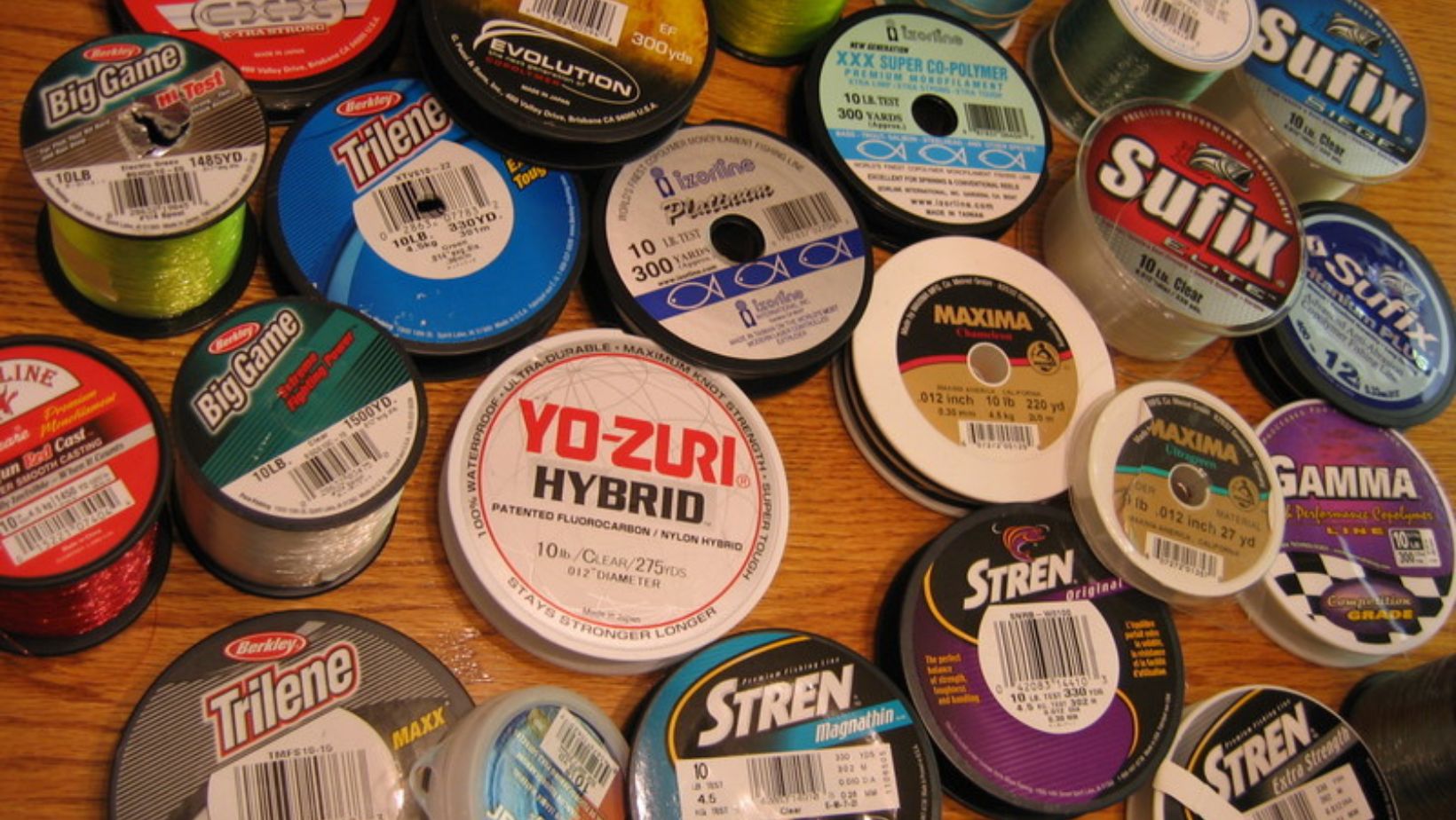
After delving into the intricacies of braided fishing line, it’s evident that this type of fishing line offers a multitude of advantages for anglers seeking durability, sensitivity, and strength in their fishing gear. From its high knot strength to its minimal stretch properties, braided fishing line has proven to be a reliable choice for various fishing scenarios.
One key aspect that sets braided fishing line apart is its thin diameter relative to its breaking strength. This feature allows anglers to spool more line onto their reels, enabling longer casts and better depth control while fishing. Additionally, the lack of stretch in braided lines provides enhanced 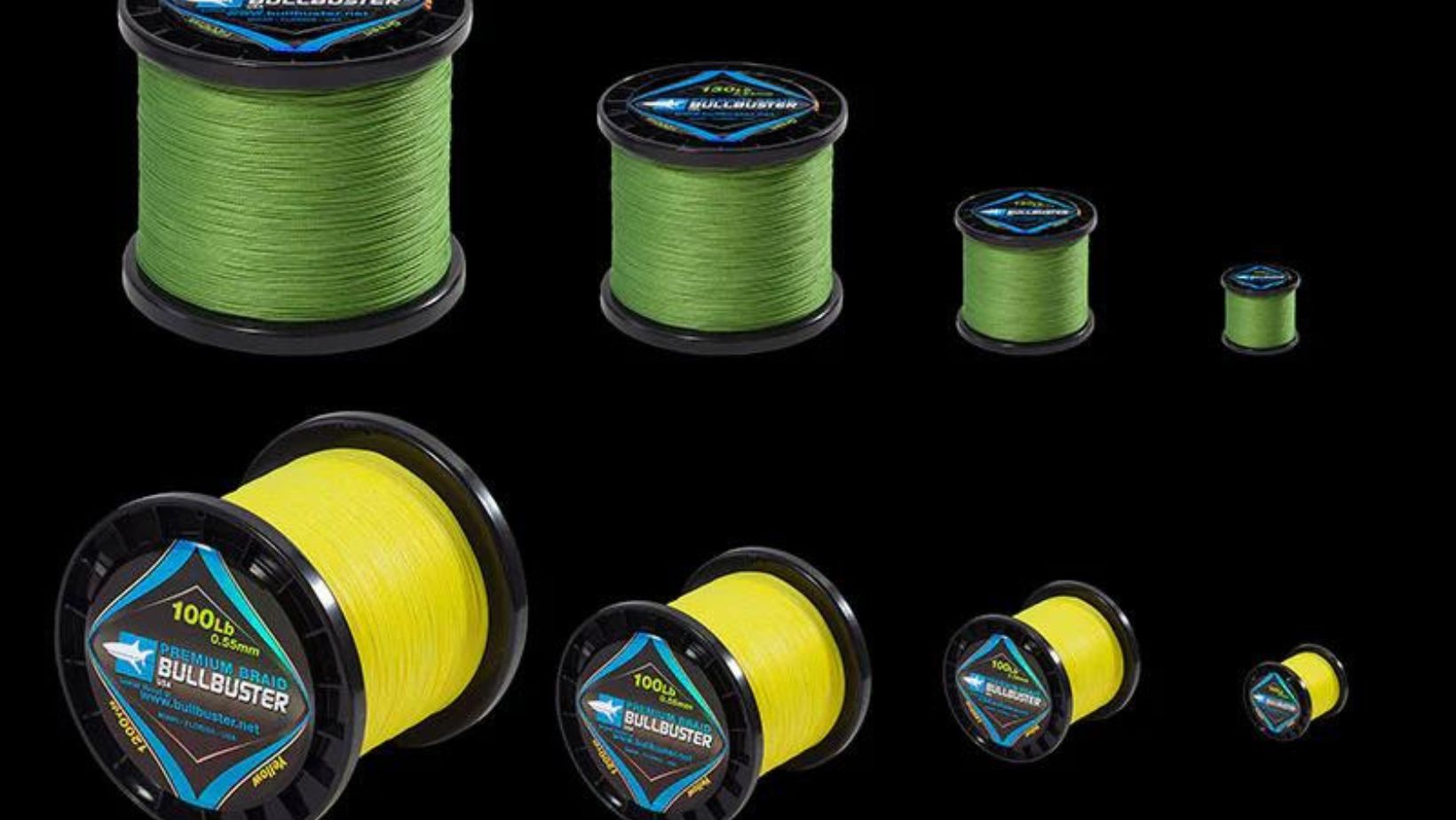
Another significant benefit of braided fishing line is its abrasion resistance, making it suitable for fishing in areas with rough underwater terrain or structures where monofilament lines might fail. This durability ensures that anglers can fish confidently without constantly worrying about their line breaking due to friction or sharp objects.
Moreover, advancements in technology have led to the development of braided lines with improved color retention and reduced visibility underwater. This innovation gives anglers an edge when targeting species with keen eyesight or when fishing in clear waters where stealth is crucial for success.
In conclusion, the versatility and performance capabilities of braided fishing lines make them a valuable asset for any angler looking to elevate their fishing experience. Whether casting from shore or battling trophy fish offshore, investing in quality braided line can make a significant difference in landing that prized catch.

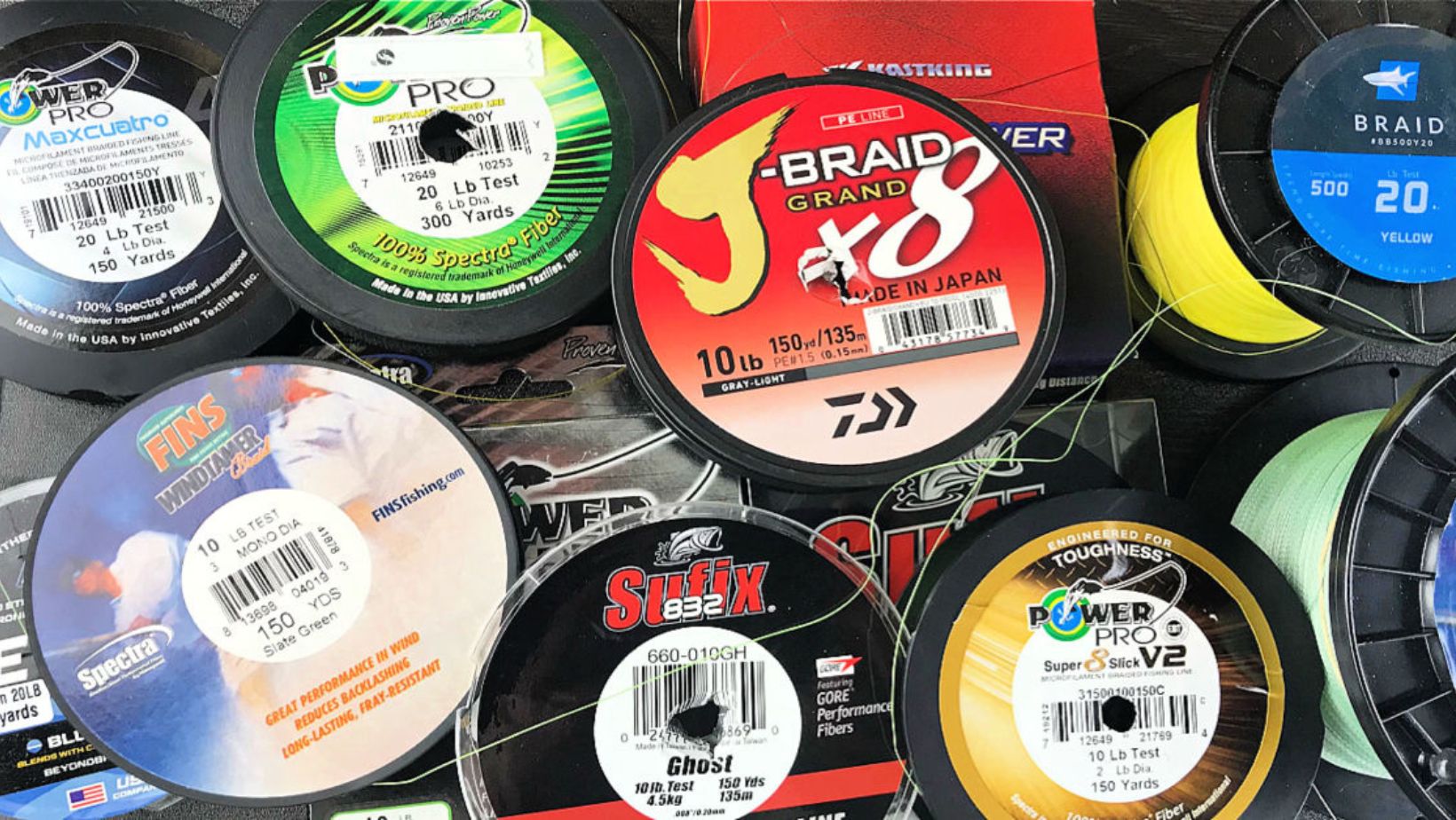
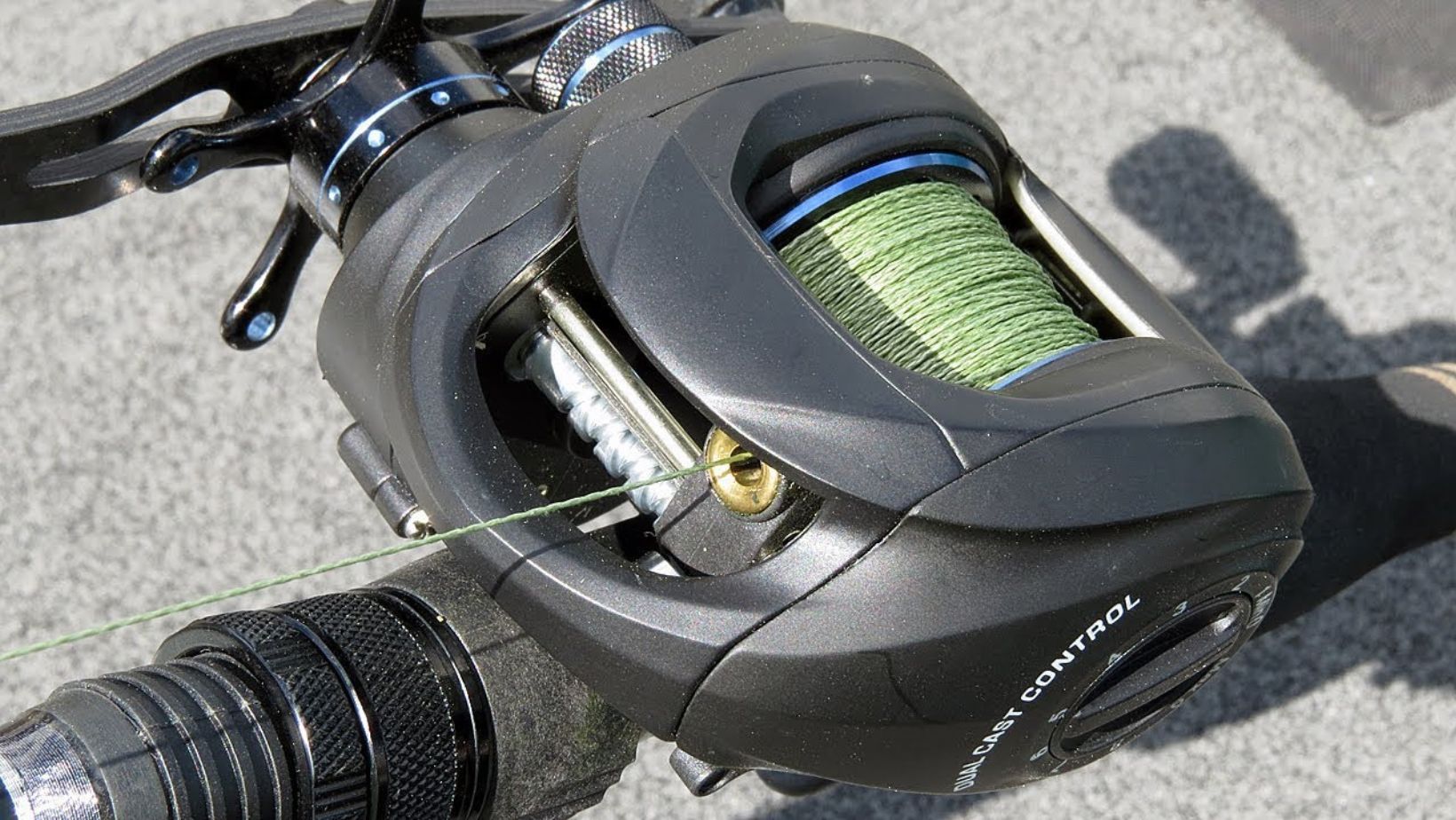 BRAIDED FISHING LINE is known for its exceptional strength-to-diameter ratio, making it incredibly strong for its size.
BRAIDED FISHING LINE is known for its exceptional strength-to-diameter ratio, making it incredibly strong for its size.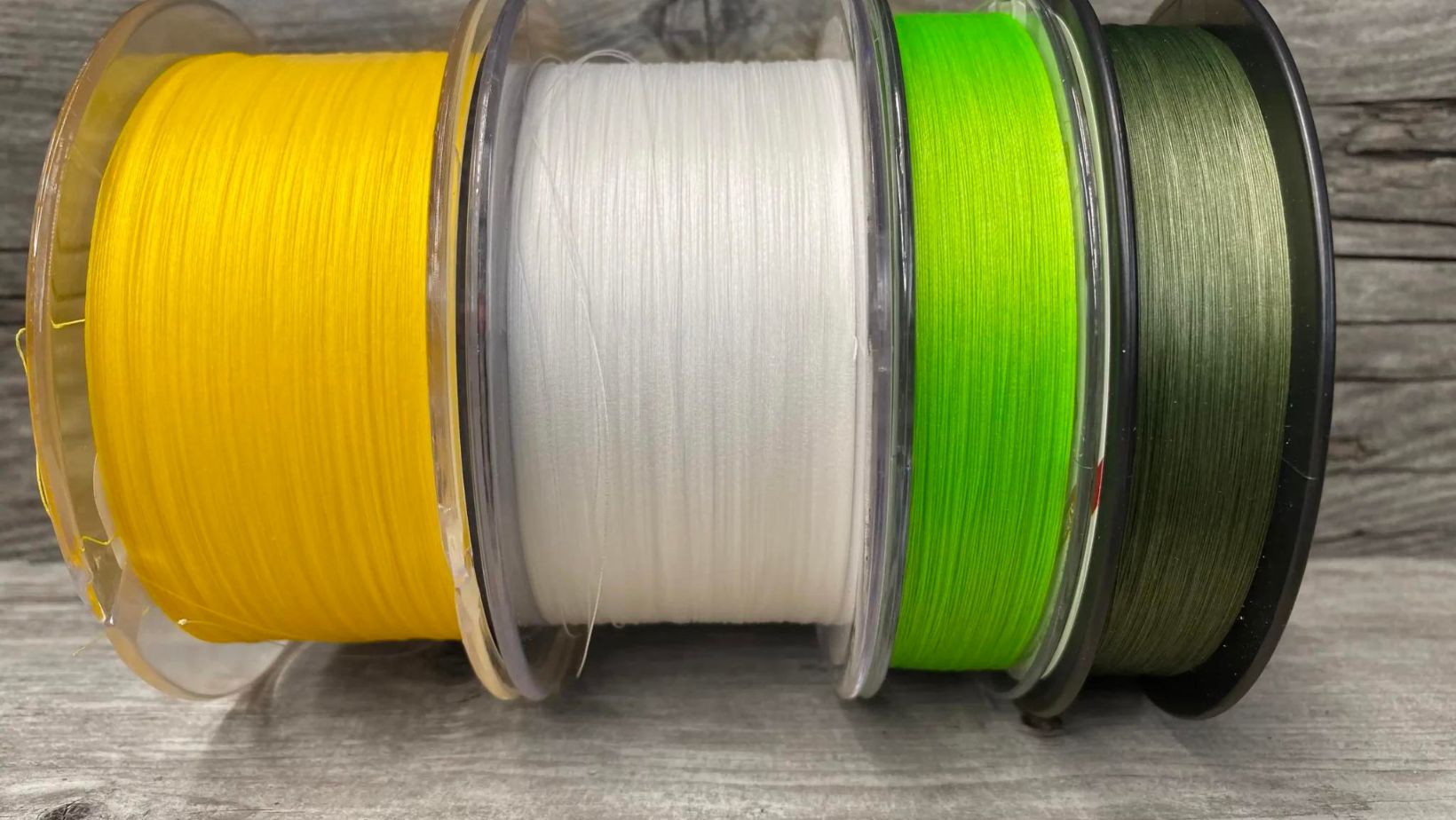
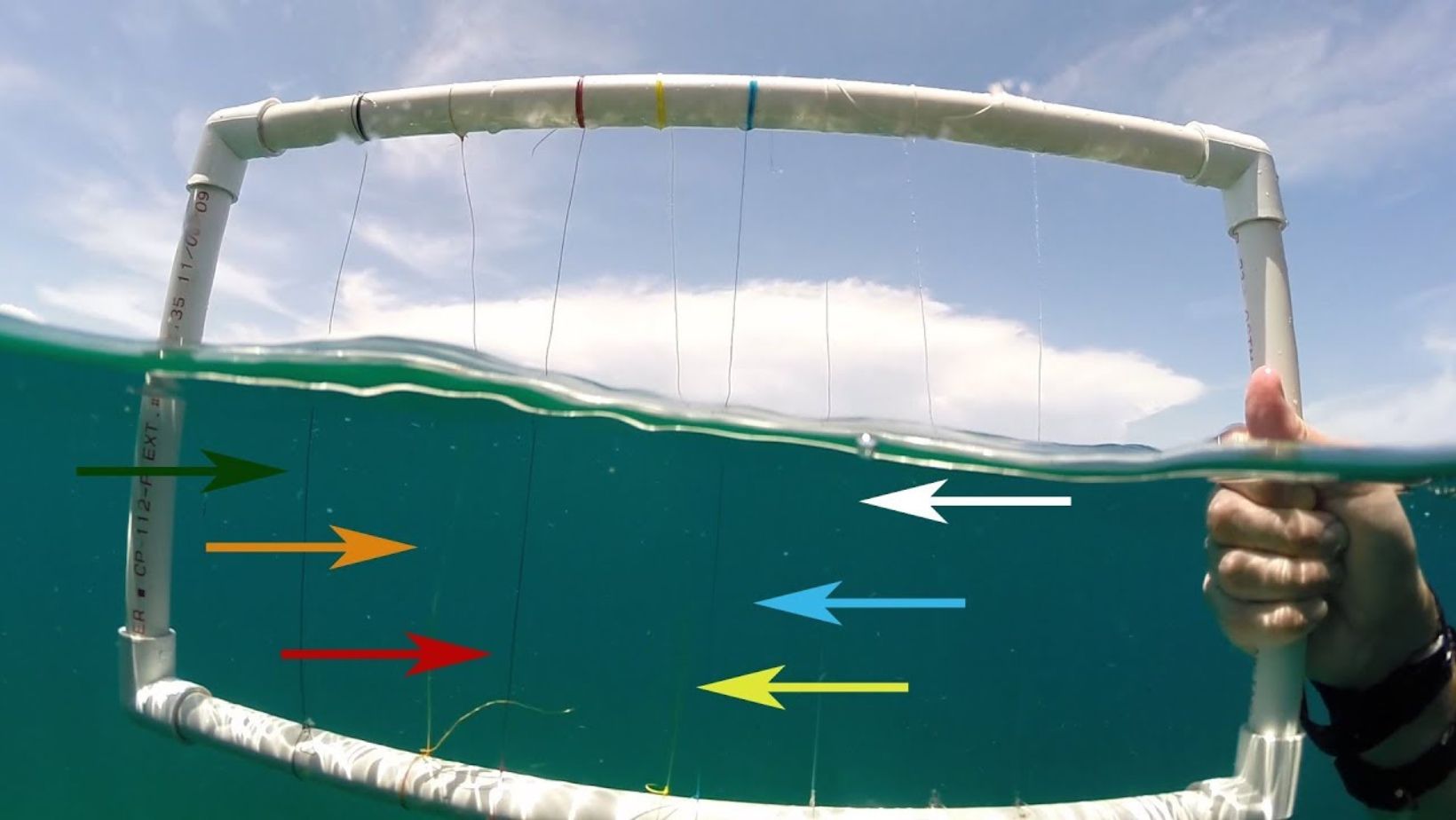 and sensitivity. Anglers favor this line for its thin diameter and minimal stretch, allowing for better hook sets.
and sensitivity. Anglers favor this line for its thin diameter and minimal stretch, allowing for better hook sets.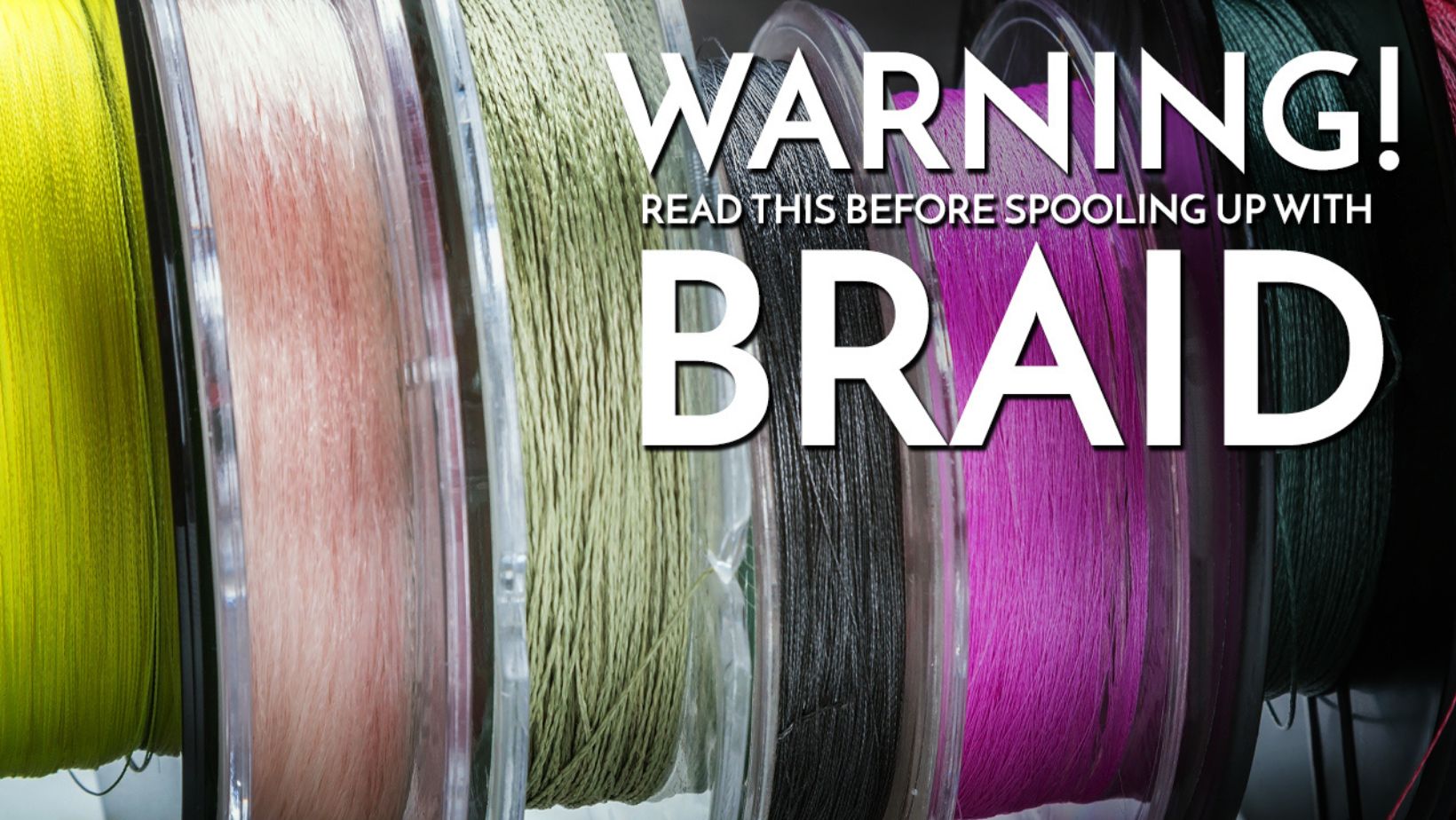 weight and potential fighting power.
weight and potential fighting power.